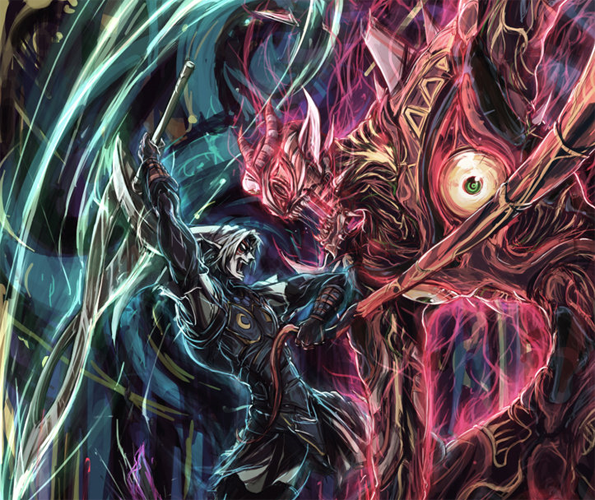As is tradition.
There are built in ways to bring them back, and make the players aware that Barovia has an unconventional relationship with death. This is an opportunity more than a problem, and a good early warning system if your players are not ready for that kind of story.
This is an opportunity more than a problem
Sounds like something Visit Barovia would say…
I actually did this. 3 players have accepted dark gifts and come back to life. I’m also using Lunch Break Heroes suggestions, and making it so that each time they use their gift they loose a bit of their soul. If they keep using it, eventually they’ll loose it entirely and their souless body will start trying to go to the amber temple.
I get the danger and the stress and signaling “this is barovia bitch” feeling pf the death house. But as a DM ? I hate killing players before they had a story and when they barely can’t do anything about it. I probably couldnt run that module, Im not sadistic enough. I say “sorry” everytime my players get koed and I dont feel they were stupid enough to deserve it.
As time goes on, I find it harder and harder to have player death at all in my games. I adore 5e and don’t really want to step away from it for a long time but my style is definitely about supporting my players in the strongest possible character arcs and anything deadly just obstructs this, especially if it hits multiple players. But equally it’s clear that without the stake of death, the entire combat cycle of 5e which creates the stakes is broken.
Yeah, but a stake with the reputation of the death house doesnt sound really that interesting to use for any reason but sadistic thoughts IMO. Of course death is needed for suspense over danger. Doesnt need to be this fast thought.
Plus, low level doesnt only mean no story developped before dying. It also means less options and more dependant on luck. A single crit at level 1 can be enough to one shot a player. Thats why I hate starting at level 1. I prefer level 3, for options, survivability, and the fun of not being a near death one trick poney.
set up a campaign around it - let your party get wiped and reroll their PCs’ heirs/lovers/etc to play through a revenge tour.
Great ! Now not only have I killed new characters, I also have to do extra work and forget the first campaign alltogether.
How about I forget step 1 : run death house as it is, and step 2 : kill half my party with cheap traps and unfair fights, to go straight to step 3 : do something else.
You do you hombre
Should be entire party.
Almost was 😂
As a neighbor, I sometimes wish that The Death House wasn’t so aptly named tbh 🤷
This is why my DM is starting the campaign by teleporting us in post-death house at level 3. Not because he doesn’t think that we can’t handle it or anything, but because everyone except me is invested in their characters enough to get upset if they die without accomplishing anything and apparently the encounters in that thing are blatantly unfair for the sake of building the mood. Which, my first campaign is a converted AD&D module (Against the Cult of the Reptile God) where the first intentional combat encounter comes after an innkeeper learns that they’re here to investigate strange goings-on in the town, and orders their drinks poisoned under the guise of grateful hospitality. 6 thugs and a level 3 Cleric come out of the wall to kidnap the party while they’re dressed-down of their armor and/or knocked out from the poison kicking in once they’re asleep, the Wizard only survived an Inflict Wounds because melee attacks can always be chosen to knock out. D&D land was never designed to be fair, but it was designed to set the mood that what they’re up against is borderline insurmountable in a direct assault, without telling the players “now that the lesson’s sunk in, hurry up and roll a new dude, other people are waiting.”



